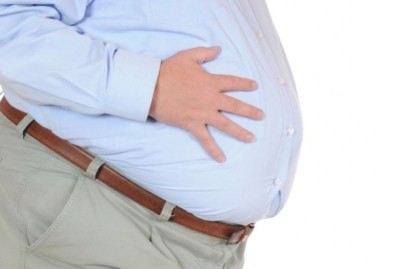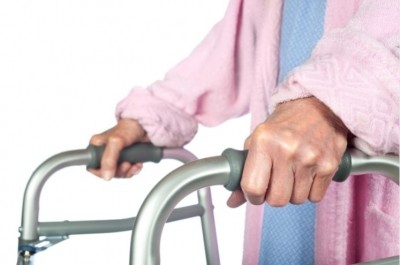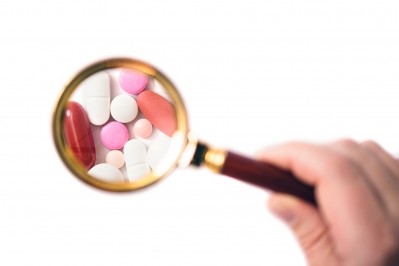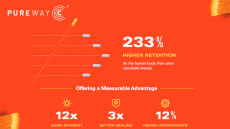UK vit D sufficiency threshold set too low, say experts
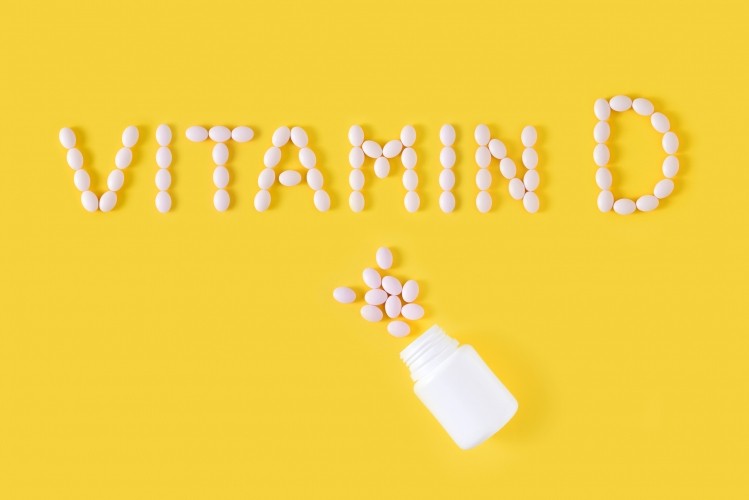
The report, written by experts in the fields of infectious diseases, medicine, endocrinology and gastroenterology, argues that since vitamin D is widely sold in 1,000 IU capsules, and it is universally agreed that doses up to 4,000 IU per day are safe, then a recommendation of 800–1,000 IU per day (20–25 micrograms per day) for all adults should be urgently promoted.
The report says evidence for a possible impact of vitamin D deficiency on COVID-19 has been strengthened recently by the positive Spanish trial of 25-hydroxyvitamin D3 (25(OH)D3 or calcifediol) in hospitalised patients and by the association between vitamin D deficiency and increased risk for COVID-19 seropositivity found in hospital staff from Birmingham, UK.
Yet there is considerable variance between countries in recommendations for supplementation: 10 mg (400 IU) per day in the UK, 600 IU per day in the EU and 600 IU per day or 800 IU per day for those aged >70 years in the USA.
"The UK Scientific Advisory Committee on Nutrition (SACN) is an outlier among representative bodies in choosing the lowest blood level (25 nmol/L) of 25(OH)D to define sufficiency when compared with thresholds of 50 nmol/l set by the American Institute of Medicine (now National Academy of Medicine) and European Food Safety Authority, and 75 nmol/l set by the US Endocrine Society.
"The evidence base underlying the UK target serum level has been questioned by others and we now explore it further."
After analysing the evidence basis for the SACN's set threshold, the authors conclude UK's definition of vitamin D deficiency as <25 nmol/L, and the consequent 400 IU per day supplement dosing, was based on consensus rather than on any systematic analysis of data.
"It may be more than a coincidence that 400 IU is approximately the amount of vitamin D in one teaspoon of cod liver oil, for over 70 years the standard daily supplement recommended in Norway. With the passage of time and subsequent reports from SACN this position seems to have become firmly entrenched without any further evidence to justify it.
"The SACN/UK government advised dietary intake level of 400 IU per day for all >4 years was re-affirmed in June 2020 on the account that: This is the average daily amount of vitamin D (from natural food sources, fortified foods or supplements) needed by the majority (97.5%) of the population to maintain a serum 25(OH)D concentration ≥25 nmol/L when UVB sunshine exposure is minimal.
"The ‘97.5%’ is presumably based on the definition of reference nutrient intake (RNI) as used by DH (1998) – ‘two standard deviations above estimated average requirements’. In 1998 the Department of Health set no RNI for older children or for adults aged 18–64 but did set 400 IU (10 microgram) per day as the recommendation for adults ≥65.
"This report cited a randomised trial comparing no supplement with 400 IU per day and 800 IU per day completed through to 1 year in 109 institutionalised elderly people. This showed that serum 25(OH)D increased to >40 nmol/L in all subjects who received either 400 IU or 800 IU per day. This does not however address the greatly increased vitamin D supplement requirements needed to achieve sufficiency in people with obesity.
"The American Institute of Medicine (now called the National Academy of Medicine) and the European Food Safety Authority both set >50 nmol/L 25(OH)D as the definition for sufficiency while the US Endocrine Society sets a higher level of >75 nmol/L. Serum concentrations of parathyroid hormone rise with vitamin D deficiency but there is considerable variation between individuals.
"There is therefore a substantial body of evidence to support the 50 nmol/L definition of 25(OH)D sufficiency as set by the American Institute of Medicine and the European Food Safety Authority."
The report goes on to say that modelling based on a meta-analysis of 94 cohort studies that included 11,566 individuals suggests that for adults, supplementation with 800 IU per day should be adequate, even in obese individuals, for achieving >50 nmol/L.
The authors of the current paper therefore conclude that a regular daily intake of at least 800 IU should be sufficient, even in obese individuals, to achieve a target blood level >50 nmol/L. They say that a higher initial daily intake, eg 4,000 IU per day for the first four weeks, would be reasonable to achieve sufficiency quickly in people likely to be deficient during the current pandemic.
They also note that intermittent blood 25(OH)D monitoring and personalised replacement, although scientifically ideal, has a cost and is not essential given the safety of vitamin D supplementation at appropriate dosage.
Source: Clinical Medicine
Griffin. G., Hewison. M., Hopkin. J., Kenny. R. A., Quinton. R., Rhodes. J., Subramanian. S., and Thickett. D.,
"Preventing vitamin D deficiency during the COVID-19 pandemic: UK definitions of vitamin D sufficiency and recommended supplement dose are set too low"

